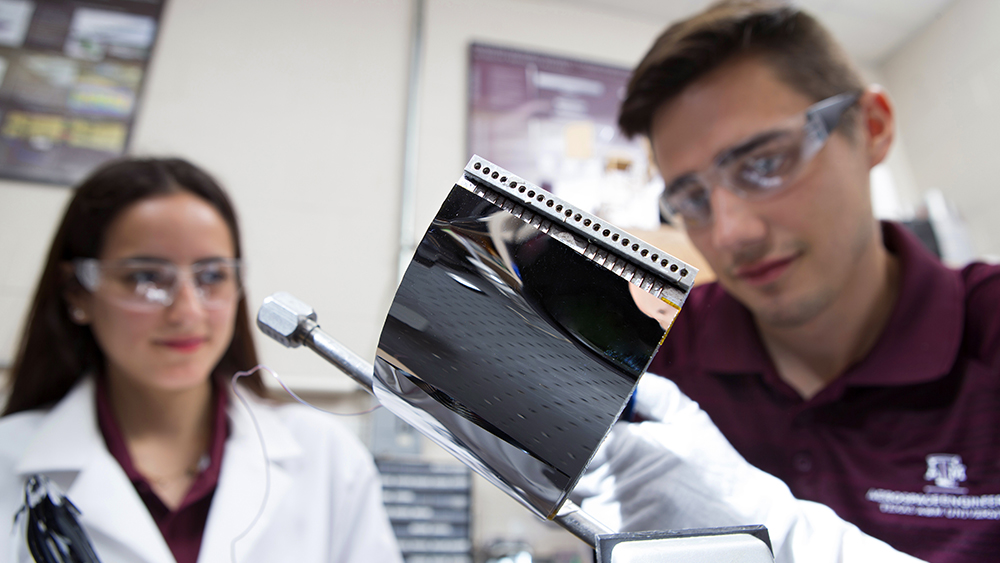NASA invests in thermal technology to get ready for new lunar missions

With lunar explorations on the horizon, including putting astronauts back on the moon by 2024, NASA is investing $2 million in cutting-edge thermal technology to make regulating temperatures during missions possible.
This technology will be developed by a team of researchers from Texas A&M University, the Boeing Company and Paragon Space Development Corporation. The team is focused on creating shape-shifting technology to adjust thermal control systems automatically.
“Our proposed solutions incorporate shape-shifting metals that adjust their own heat rejection based on how hot or cold they are, so it solves the problem for us,” said Darren Hartl, assistant professor in aerospace engineering and head of the Multifunctional Material and Aerospace Structures Optimization (M2AESTRO) Lab at Texas A&M.
Hartl and his team have a successful history partnering with both Boeing and Paragon on shape memory alloy (SMA) technology. Most recently, Hartl and John Whitcomb, professor in aerospace engineering, have worked on an idea with Paragon to create a morphing radiator composed of SMAs.
Prototypes of the morphing radiator were developed by former graduate students Christopher Bertagne, now at NASA’s Jet Propulsion Laboratory, and current doctoral student Patrick Walgren. They successfully tested the prototypes in a small thermal vacuum chamber at NASA’s Johnson Space Center.
The recent funding from NASA, awarded through the Tipping Point initiative, will launch the SMA-based thermal control technology into its next phase.

